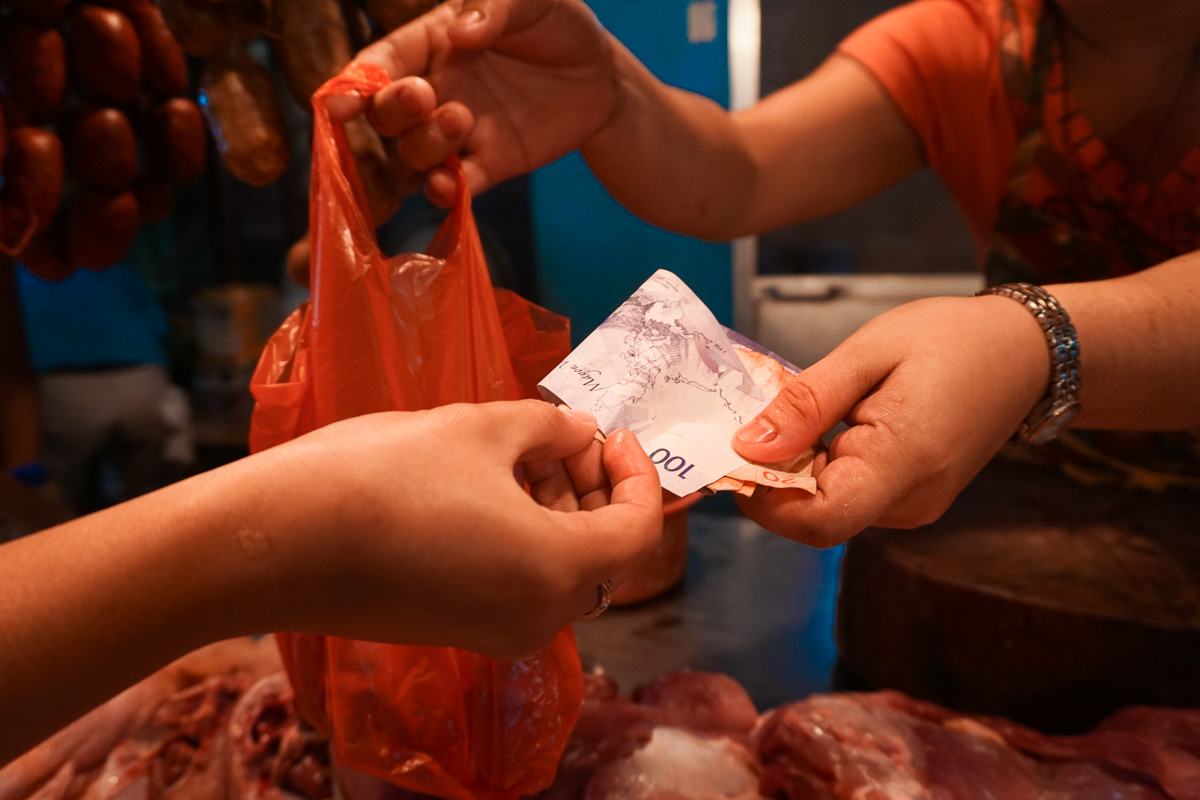In recent months, the Philippine peso has declined to its weakest level since 2009, closing in at PHP 48.59 to a United States (US) dollar as of November 9, following Donald Trump’s victory in the presidential elections.
While overseas events are also a factor, many are quick to point out the increasingly unstable political climate as the primary reason for a weakening peso, as President Rodrigo Duterte’s radical, and oftentimes uncouth, remarks have coincided with the peso’s steep depreciation.
Standard & Poor’s, an American financial services and ratings company, affirms this sentiment, stating that the predictability of policy-making in the Philippines has diminished somewhat. The agency says that there are now downsides to investing in the country, warning investors of the “rising uncertainties surrounding the stability, predictability, and accountability of its new government.”
An uncertain future
Jeff Halley, a market strategist at OANDA Asia Pacific in Singapore, places the peso’s decline to the uncertain political future of the country and the volatile “war on drugs” that is a hallmark of the current administration. He told Bloomberg that the peso’s depreciation is “mainly due to politics, with the Philippine president’s ongoing war on drug dealers and his intent to seem to alienate all of their major trading partners.”
However, despite the gloom surrounding the peso’s slide, the Department of Finance’s chief economist Undersecretary Karl Chua asserts in a Philippine Star report that the peso is still “very strong” despite its recent decline. Chua argues that “while the peso has moderately depreciated in nominal terms in recent weeks, the peso in real terms is still very strong which deters competitiveness.”
Data from the Bank of International Settlements supports his claim, showing that the Philippines still has the strongest currency in the Southeast Asian region despite sinking to a seven-year low.
No consensus on net impact
The effects of the slide of the peso’s value has also been debated among analysts and government officials.
Even before the peso experienced the slump, Finance Secretary Carlos Dominguez has expressed preference for a “slightly weak peso,” citing the boost it would provide to the country’s exports’ competitiveness in the world market, as well as to the purchasing power of OFWs. He made the case at an August press conference by citing two reasons: “Number one, your exports cost more so exporters here earn less and secondly your OFWs who are earning dollars will get less pesos.” He has recently reiterated his position in a press briefing on November 3.
Meanwhile, economist Cid Terosa cited two long-term disadvantages of the peso’s depreciation. In an interview with GMA News, he said that one effect may be trade losses resulting from the relatively higher price of imported goods coupled with lower export prices. Another is the increase in value of foreign debt, which would lead to higher debt servicing payments.
Yet according to Alvin P. Ang, PhD, professor at the Economics Department, the peso alone does not determine the strength of the Philippine economy.
“The currency is just one of the measures of its [a nation’s] economic strength. If it’s about a ‘strong peso,’ why is Japan depreciating its currency? Why is Korea depreciating its currency? Because a depreciated currency means that you attract more investment because a dollar can buy more in that certain economy,” he said.
‘Revenge of the neglected’
Beyond the seats of power and the offices of economic planners, the depreciation of the peso has had real and varied effects on the day-to-day lives of Filipinos. For one, those who deal directly with foreign currencies, such as business-process outsourcing employees and overseas Filipino workers (OFWs) and their dependents, experience net gains on account of the weak peso.
For families such as Sally’s*whose husband works in the Middle East and remits US dollars to her and their three children, the weak peso presents an opportunity to boost income. She allots a portion of income towards a savings fund that she exchanges specifically in times of depreciation. “Inaantay talaga namin kapag ganitong mataas yung palitan, saka kami magpapapalit (We really wait for times like this where the rate is high, then we exchange),” she said.
However, depreciation for Sally is not all positive. The rise in prices of imported goods could be felt in households as well. Sally adds that “kapag tumaas yung dollar, tataas din yung presyo ng bilihin, tulad ng presyo ng gasolina, kaya parang nag-cancel out lang (when the dollar’s value rises, the price of goods also usually rises, like that of gas, as if it just cancels out).”
Government officials echo these sentiments. Agriculture Secretary Emmanuel Piñol emphasized that the weakening of the peso is “a blessing” not only for OFW families but also for farmers and fisherfolk, as well as exporters of manufactured goods.
However, Piñol is more spirited in defending a weak peso, downplaying effects such as rising import prices. According to him, the rural sector has long remained poor as earnings of big manufacturers are not filtered down to agricultural workers. He argues that depreciation, as well as maintenance of a weak peso, is “the revenge of the neglected, the forgotten and the downtrodden.”
*EDITOR’S NOTE: Name withheld at request of interviewee.




